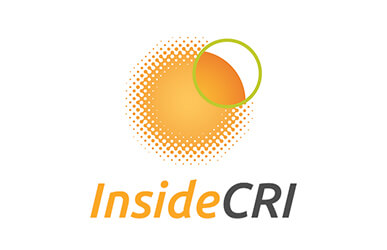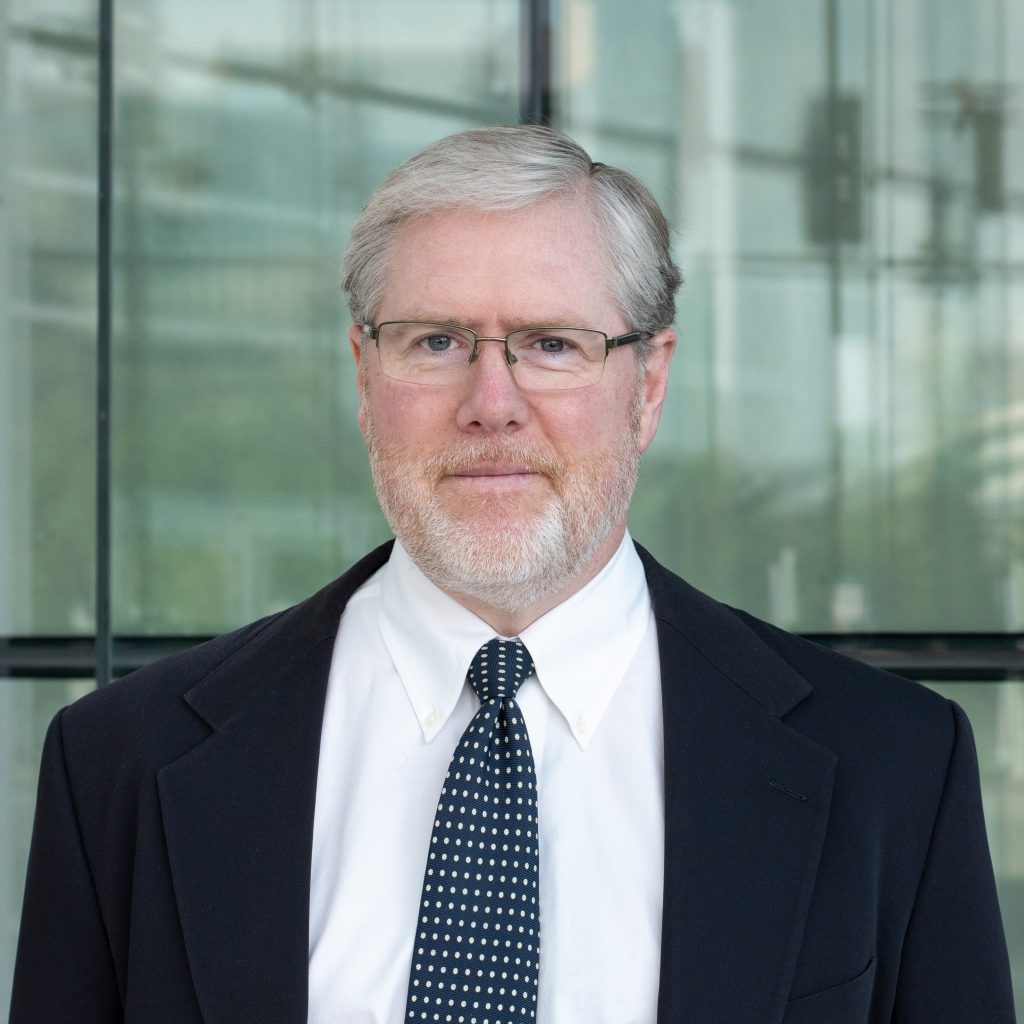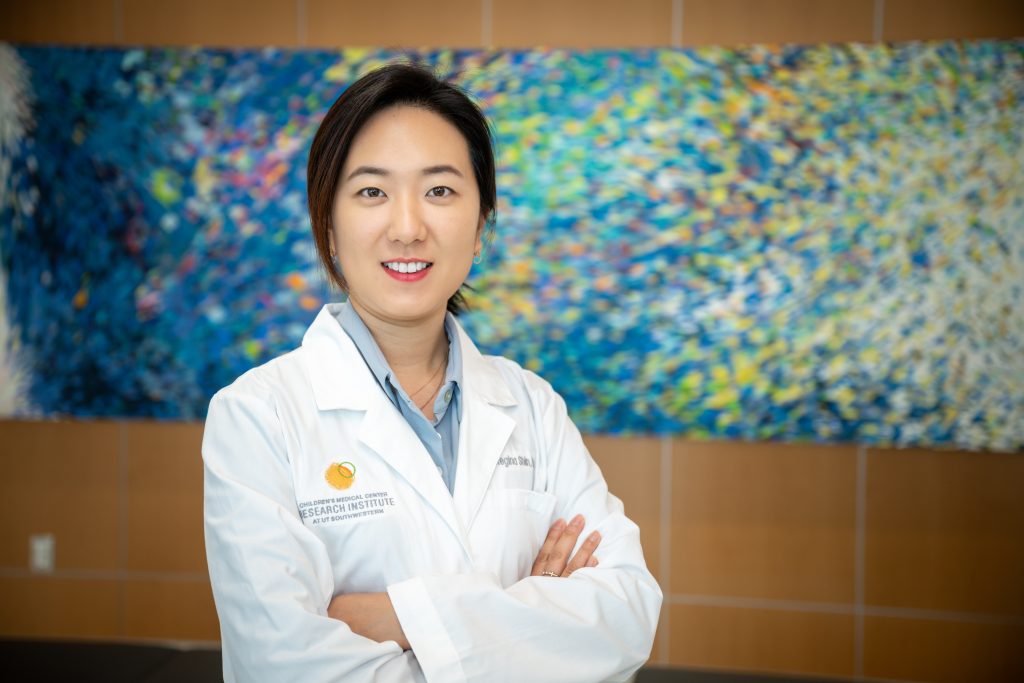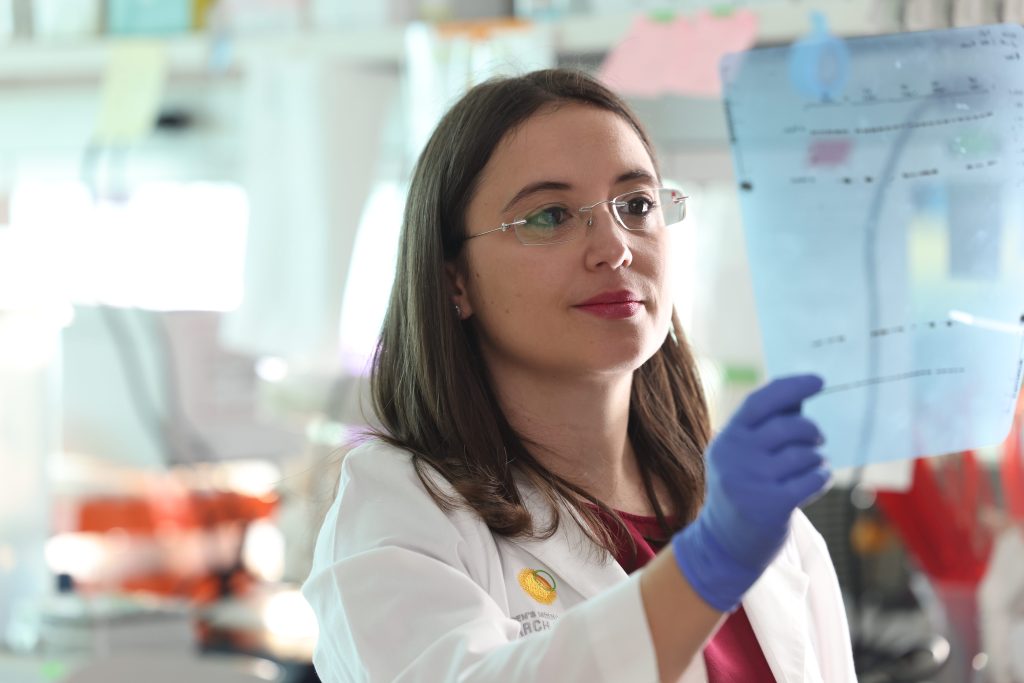
Should scientists use a powerful new tool to edit human genes? Yes and no.
Sean J. Morrison, Ph.D., Director of the Children’s Research Institute
A study was published recently revealing that scientists in China had used a gene-editing technology to attempt to correct a disease-causing mutation in discarded human embryos, igniting an intense discussion among biomedical researchers around the world. At issue is the use of a powerful gene modification process known as CRISPR/Cas, and how science and medicine should employ it.
Molecular biology techniques that allow scientists to make changes in individual genes within the genomes of live cells have existed for more than 20 years. For example, when we study the function of genes at the Children’s Research Institute at UT Southwestern (CRI), we commonly use these techniques to delete or modify individual genes in mice to understand the consequences of the genetic changes for tissue development, tissue regeneration or cancer.
Earlier gene-editing techniques were very cumbersome and involved a lot of steps. Over time, the process was streamlined to make it easier and more efficient. But with the advent of the CRISPR/Cas technology, there has been a quantum improvement in the ease with which it is possible to delete or edit specific sequences in the genome.
The process involves an enzyme called Cas9 that targets a particular DNA sequence, and then changes it by either removing a specific gene or inserting a desired sequence. For the first time, it is very easy to make genetic modifications with high efficiency in a single step simply by adding this enzyme to live mammalian cells. Moreover, the process is so easy and so efficient that it has raised the possibility of correcting disease-causing mutations in human embryos during the in vitro fertilization process. No research is being performed in this area at CRI, but I have participated in recent discussions of the ethical issues associated with these possibilities.
There are thousands of children born every year with assisted reproduction technologies such as in vitro fertilization, but not every embryo develops normally and not every embryo can create a pregnancy. Thus, physicians combine sperm and eggs in a dish to determine which embryos develop in a healthy way. Those are the embryos that are transplanted into a woman’s uterus to create a pregnancy. In addition, there are couples who have specific genetic defects that could cause life threatening conditions in their children. In such cases, the embryos are sometimes screened for the mutations so that the disease-carrying embryos are not used for fertility treatment. Many of the genetic defects that cause problems are associated with a single mutation in a single gene. While it has been possible to detect those defects in an embryo, the technology has not existed to correct the genetic defect. The CRISPR/Cas technique provides a potential way of doing this.
There are two primary complications, however. First, it’s one thing to correct genetic defects in cells within a single tissue in a child or adult. That is already being done successfully for a variety of blood diseases. It’s another thing to correct genetic defects in an embryo. Changes made at the embryonic level would affect every cell in that person including the germline — the DNA that is packaged into the gametes. This could introduce irreversible changes into all of the person’s cells as well as the generations to follow.
That would be desirable if the only change was to correct a genetic defect that causes a serious disease. The problem is that these genetic technologies also have “off-target” effects that can result in unpredictable changes at other places in the genome. Many such changes would not have any functional consequences, but some might. At this early stage in the use of CRISPR/Cas, there has not been enough research to understand the potential safety issues or to prevent off-target genetic changes. It is also important for us to have a societal discussion about how these technologies could be used appropriately, if they are ever found to be safe enough. I recently became president of the International Society for Stem Cell Research (ISSCR). Not long after the scientists in China reported their results, we at ISSCR — the leading international organization for stem cell research representing 4,000 stem cell scientists around the world — publicly called for a moratorium on clinical gene editing in human embryos, while more research is conducted to better understand the risks, and while a broad public discussion considers the ethical and societal implications. That is, nobody should attempt to perform gene editing in human embryos that will be implanted into somebody’s uterus.
This was an important statement, because the most effective regulation of scientific research comes from the scientific community itself. In addition to ISSCR, other prominent scientific organizations have come out in favor of a moratorium on the clinical use of gene-editing technologies in human embryos. When consensus is achieved on an issue like this, it becomes very difficult for any scientific research to proceed in violation of the consensus.
It’s important to recognize that the CRISPR/Cas gene-editing technique is a tremendous advance for science. It is a great step forward in our attempts to understand the genetic basis of disease and to develop new therapies. And while there is broad agreement that the technique should not currently be used in human embryos as part of the assisted reproduction process, it is important that research involving other uses of CRISPR/Cas continue.
Whether or not we are ever able to safely fix disease-causing genetic defects in human embryos, CRISPR/Cas gene editing will help us to better understand those diseases and to develop new therapies through experiments in animal cells and in human cells that are not used for reproduction.
CRI director named president of international science organization
Dr. Sean Morrison, Director of the Children’s Research Institute, was installed in late June as president of the International Society for Stem Cell Research (ISSCR). His one-year tenure comes at a time of rapid advance in the field of stem cell science and regenerative medicine. Founded in 2002, ISSCR represents thousands of stem cell researchers around the world.
Dr. Morrison’s role as ISSCR president will give him an opportunity to more actively engage the international scientific community and advance the positive developments in stem cell research and application, while also working with regulatory bodies to rein in unsound science and unproven clinical uses of stem cells.
Dr. Morrison served as vice president of ISSCR from June 2013 to June 2014, and as president-elect from June 2014 to June 2015.
Leading philanthropists support CRI’s discovery of tomorrow’s treatments
When Debbie and Ric Scripps first met Dr. Sean Morrison in late 2011, he and a handful of his research team were unpacking boxes to set up the first laboratory at the Children’s Research Institute. Recruited away from directing the University of Michigan’s stem cell research program, Dr. Morrison gave the Scrippses an impromptu tour of what was then mostly empty space at the institute.
“Within an hour, we were completely on board. He showed us the layout, and it was so innovative to have these open, interconnected labs that would foster the sharing of ideas and joint discovery,” says Debbie Scripps, who along with her husband were among CRI’s first financial supporters. “We had never dedicated any of our resources to research before, had never really even thought about it. But once we realized that research is the key to where medicine is going, and we were exposed to how Dr. Morrison was going to move forward with the institute, we were completely sold.”
“Dr. Morrison is extremely bright, and he can talk about scientific research in a way that a non-scientist can easily understand,” adds Ric Scripps. “And as he has begun to hire the other lab directors, and as the research teams are being brought on board, we can see CRI is only hiring the best of the best.”
The Scripps Society, a group of individuals and foundations that have given $1 million or more to Children’s Medical Center Foundation to support the Children’s Research Institute, is named in honor of Debbie and Ric. The Scrippses say they are confident their support will yield tangible benefits in the form of future medical treatments for children and adults suffering from disease.
“Our ultimate hope is that CRI will be a place that can cure cancer,” says Mrs. Scripps. “You feel like you’re witnessing this phenomenon about to happen — it’s unfolding at a steady pace — and we feel like it’s going to culminate in something very special.”
“At CRI, research isn’t being done to find the next medicine to help someone get through cancer; research is being done to find the next medicine to stop cancer,” says Mr. Scripps.
Thinking about how their support of CRI began back when the institute was for the most part still just an idea, the Scrippses say today they can see that it is one of the best investments they have ever made.
“CRI is the future of medicine — discoveries are being made there right now — and people who support the work being done at CRI are truly stakeholders in the process,” says Mrs. Scripps. “You may not live to see the full fruition of your investment, but your investment is going to pay off big time, because cures will be found there.”
CRI postdoc profile: Robert Signer, Ph.D.
Dr. Robert Signer, an assistant instructor at the Children’s Research Institute at UT Southwestern (CRI), has worked in Dr. Sean Morrison’s laboratory at the institute from the time it opened in 2011, having continued a postdoctoral fellowship that began in Dr. Morrison’s lab in 2009 when both were at the University of Michigan.
Dr. Signer says he initially thought he’d be working in the field of biomedical engineering, which he had intended to continue studying in pursuit of a doctorate at UCLA after he obtained an undergraduate degree in the subject at the University of Toronto.
Even though he was accepted to the biomedical engineering doctorate program at UCLA, he was counseled by faculty before taking his first class to instead consider the school’s biology program. He took their advice, realizing that he was more interested in solving biological problems than engineering problems.
He now holds a Ph.D. in cellular and molecular biology, and thanks to the circuitous route he took to get to his current position, he believes he is a more capable scientist than he would have been otherwise. He says his engineering background has allowed him to make new discoveries by viewing biological problems with a different perspective.
Dr. Signer’s work at CRI was funded by a fellowship from the Leukemia and Lymphoma Society. The work described in the video was published in the leading international science journal, Nature. Building upon his success at CRI, Dr. Signer has been offered faculty positions at several U.S. institutions, and he will be leaving later this summer to lead his own lab. He’ll continue working jointly with Dr. Morrison on some of the projects they started at CRI.



